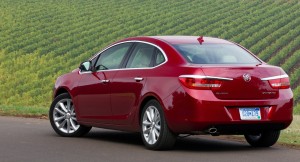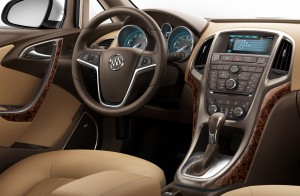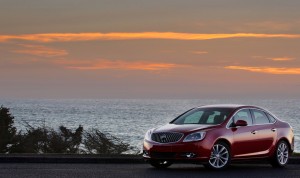
Buick is billing its new Verano as a luxury compact. At the very least, it shows that GM is getting better at what used to be called "badge engineering."
What exactly is luxury? Is it fast? How about big? Does it have exquisite design? Can it possibly be described as compact?
Whatever you think constitutes luxury, Buick hopes one attribute you start to associate with luxury is small. With fuel prices, as well as fuel economy standards, going up, automakers everywhere are looking for ways to help buyers squeeze more miles out of every dollar.
Enter the Buick Verano. Based on the same platform as the Chevrolet Cruze, this is no shoddy badge engineering job that used to be typical of General Motors. Look closely and you can see that the Verano’s hardpoints are pretty much the same as the Cruze, but the styling is completely different, inside and out.
But is it luxurious? Let’s find out.
Starting at a tick over $23 grand, the Verano doesn’t have the price of a luxury car.
Like other Buicks, Verano hangs its hat on its quiet interior. Extra insulation and dual-pane glass keep the loud outside and the quiet in.
Instead of the Cruze’s 1.8-liter four cylinder or turbocharged 1.4-liter four cylinder, the Verano gets a 180-horsepower 2.4-liter four cylinder. While acceleration is appropriately stronger than the Cruze, fuel mileage is reduced. While the Cruze with the 1.8 carries EPA mileage figures of 25 city and 36 highway – higher with the 1.4-liter turbo – the Verano is rated at 21/32. We saw 26 in a mixture of Interstates and rural two-lanes. Expect Buick to fill out the Verano lineup with more fuel-efficient powertrain options such as eAssist, possibly a diesel for the Cruze’s turbocharged 1.4.
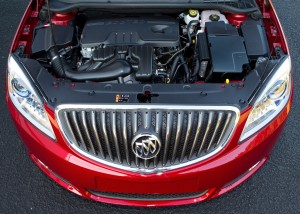
Currently, the only powertrain for the Verano is a 2.4-four cylinder, but expect GM to add options, such as eAssist or possibly the 1.4-liter turbo from the Chevrolet Cruze.
Many luxury buyers also typically like a smooth ride and the Verano delivers. It soaks up bumps as well as its big brother, the LaCrosse.
While it is quiet while cruising, there is a fair amount of engine noise when accelerating. At that point, there’s no getting around the fact that the Verano is powered by a four cylinder. Buick could do a better job of isolating the engine’s less appealing sounds.
At least the six-speed automatic transmission is smooth and always seems to find the right gear. It’s a little slow when shifted manually.
The steering is quick and offers decent feedback, making the Verano somewhat fun to drive.
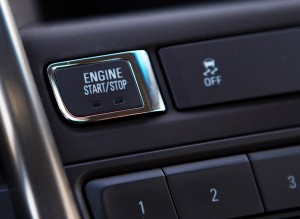
The engine start button on the Verano is unusually located at the top of the center console. You'll get used to it.
The interior is a strong point. Soft-touch a materials abound. Rough edges have been exorcised. Once a major weakness, the General’s latest interiors have been stellar. The seats are comfortable, the controls are sensibly marked and everything works well.
But here is the major criticism of the Verano, one shared with the Cruze: The passenger compartment feels small. It feels tighter than other cars this size.
As has been typical for years in GM’s smaller cars, rear-seat space is particularly tight. The bottom of the door openings are small, making it difficult to squeeze a size 12 Hush Puppy into the footwell. Knees of adults get crammed against the front seats and headroom is also lacking.
The cramped interior is a styling compromise. Many compacts have greenhouses that look one size too big. Think Honda Civic four door. While the Verano’s greenhouse looks proportional to the car, the result is limited interior space.
But even though the Verano has the stylish greenhouse, the stylists could have done a bit more to up the car’s style quotient. The sides are devoid of creases, folds or ornamentation. Even Buick’s obligatory “portholes” sit on top of the hood.
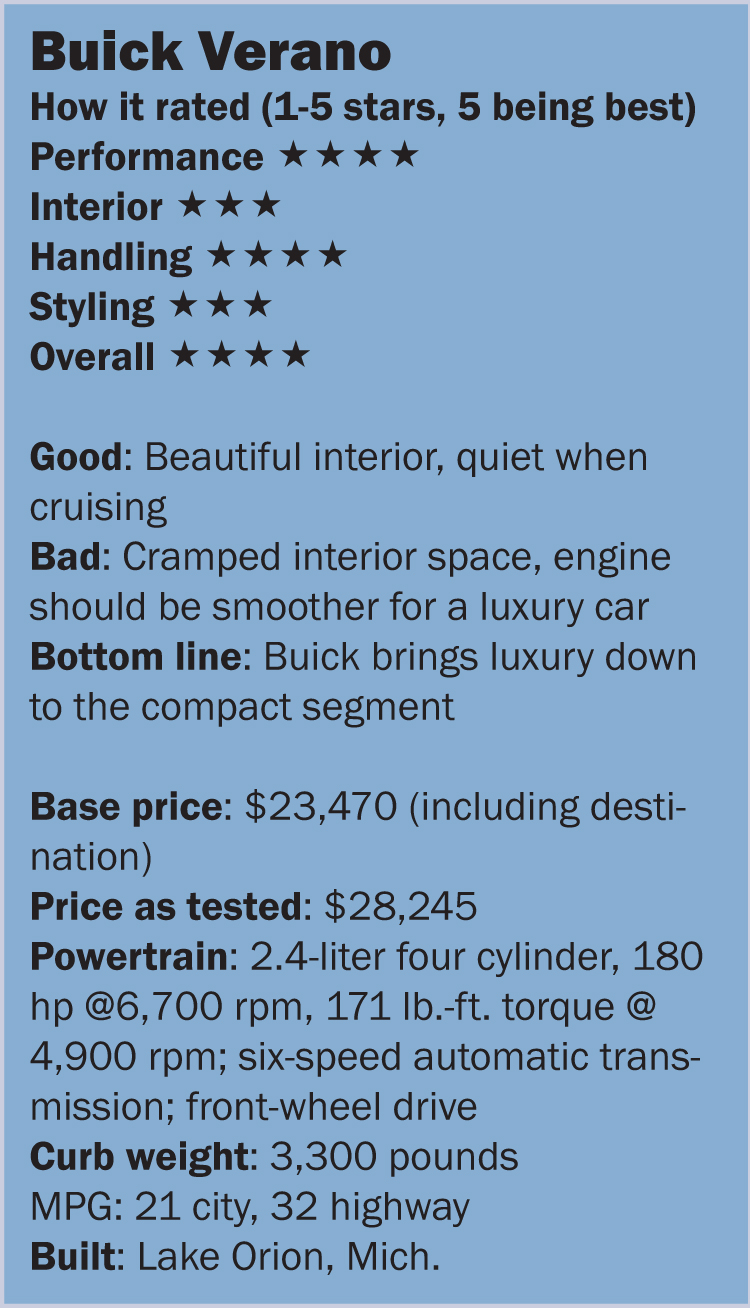 For some reason, GM seems to favor big trunk space – 14.3 cubic feet in the Verano, slightly less than in the Cruze – over rear seat room. Luxury car buyers sometimes like to go out on the town with friends. Plan to take the friends’ car.
For some reason, GM seems to favor big trunk space – 14.3 cubic feet in the Verano, slightly less than in the Cruze – over rear seat room. Luxury car buyers sometimes like to go out on the town with friends. Plan to take the friends’ car.
The Verano starts at a budget-friendly $23,470. The test car was a 1SL trim level, starting at $26,850. With a power sunroof ($900) and white diamond tricoat paint ($495), this Verano prices out at $28,245.
Like everything else in autodom, luxury cars are getting smaller. To really please luxury buyers, GM would do well to invest in making its four cylinder engines smoother and find some more useable interior space, even if it comes at the expense of space in the cargo hold.
At least this little luxury car is no Cadillac Cimmaron, GM’s first attempt at building a compact luxury car based on one of its other brands offerings. Based on one of the Cruze’s predecessors, the Cavalier, the Cimmaron was the epitome of GM’s badge-engineering past.

